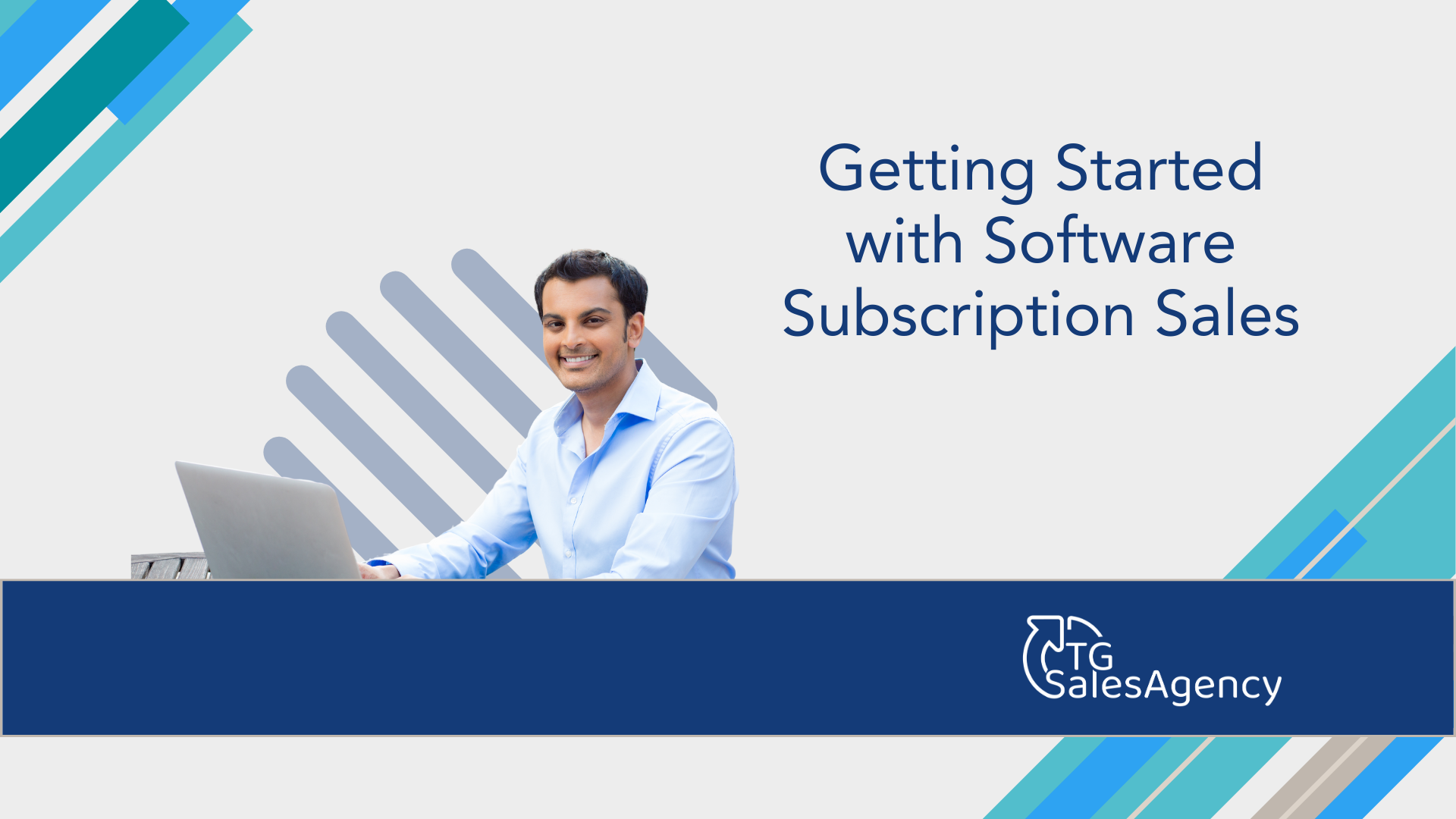
5 B2B SaaS Startup Sales Mistakes You Can Avoid
SaaS sales have a unique set of challenges, and many early SaaS sales mistakes are completely avoidable. Especially if you have already built a SaaS startup, learned from previous failures and successes, have done your research, and can solicit advice from experienced SaaS founders.
Common SaaS Sales Mistakes We See in Early-Stage Startups
Figuring out where to start with your sales will seem mysterious at first. The good news is that there’s tons of information and support out there on how to overcome sales, marketing, and revenue obstacles in this space.
So, while ups and downs are pretty much guaranteed, there’s no reason to go in completely blind. You can begin your journey here as we share some of the main mistakes we’ve observed being made in SaaS startups, and what to do instead.
Mistake # 1 – Bypassing the Founder-Led Sales Stage
When a Founder is able to successfully identify, pitch, and close the startups’ first clients, it provides them with clarity that allows them to more effectively train and delegate sales responsibilities to others. Thirty to forty percent of SaaS startups run out of cash prematurely due to high customer acquisition costs*, long sales cycles, and not having enough runway to sustain until their revenue begins to cover expenses. A hired salesperson selling from ground level will need to be experienced and will typically be more expensive. In the same way, outsourcing to a qualified third party will also require a notable financial commitment. And even if it doesn’t benefit us to say so, we believe it’s best that a founder goes into the field and learns how to effectively sell their product before putting sales into to anyone else’s hands. That is, unless they have 12-24 months of capital that will cover a sales team budget and other expenses while revenue blooms.
Mistake # 2 – Not Confirming Market Fit Before Delegating Sales
When a SaaS company knows they’re onto something great, they usually assume that everyone in the market is going to get excited about their new product, too. However, more than often, that’s not the case. New products are often met with skepticism and resistance from buyers. The company needs to take some time to identify who “gets” their product and then, who gets excited about it. They should have acquired some data and intelligence about their target audience(s), pricing fit, industry purchasing processes, etc. before growing sales headcount.
Mistake # 3 – Not Investing in Digital Marketing
Digital products should always be sold digitally. That’s because a digital audience will be the first to become interested in digital products- like software. This doesn’t mean you shouldn’t attend trade shows or make cold calls; it simply means that in addition to any other efforts, having a digital marketing strategy in place that can at minimum generate brand awareness and draw inbound leads is a component of your strategy shouldn’t be skipped. You should also have a functional inbound sales process which allows leads from digital marketing efforts a higher chance of converting to sales.

Mistake # 4 – Unleashing Your Sales Team Before Minimum Viable Product Is Ready
Let’s be honest. We’ve all seen them: products that are still great ideas but aren’t fully ready to present to the market. A sales rep with an untrained eye may get really enthusiastic about selling said new SaaS product, only to receive underwhelming feedback on phone and demo calls with prospects. If no one sees the value in the product, the product may be being pitched to the wrong vertical. It could also be that the product has to continue being developed until it meets the needs of a viable audience. Whatever the root cause may be, it needs to be addressed before scaling sales efforts.
Mistake # 5 – Not Having After Sales Support
With SaaS, as in many other industries, the sale continues after the purchase. Getting customers on board for new feature add-ons, upgrades, and future contract renewals (this is a big one) is matter of providing an appropriate level of support for onboarding and ongoing education related to product updates and enhancements. After sales can be supported by customer success, an efficient support department, an account manager or full cycle sales specialist. It’s important to recognize that a software provider’s service delivery abilities will significantly impact their contract lifetime value (LTV) and influence the company’s bottom line, either positively or negatively.
We hope this breakdown of the most common SaaS sales mistakes helps you build a stronger sales foundation, and that you now have some ideas around what you should be doing to build your company’s sales system from zero.
If you’d like to speak with someone about the details of your specific offering and situation, reach out for a free consultation! Whether you end up working with us or not, we’re glad to be a resource along your journey.
*Sources: Lighter Capital/Scale Venture Partners



